Part II. HIGHER EDUCATION:
It must enable an individual to study one or more specialized areas of interest at a deep level, and also develop character, ethical and Constitutional values, intellectual curiosity, scientific temper, creativity, spirit of service, and 21st century capabilities across a range of disciplines including sciences, social sciences, arts, humanities, languages, as well as professional, technical, and vocational subjects{Refer to the Quality Universities and Colleges: A New and Forward-looking Vision for India’s Higher Education System}
It cannot be two separate things running parallel but based on all the values mentioned above, specialised study in the areas of interest should be carried out – constitutional values in all the disciplines, even technical ones / scientific temper in all the disciplines, even social sciences, etc.
The policy’s vision includes key changes to the current system: (a) moving towards a higher educational system consisting of large, multidisciplinary universities and colleges, with at least one in or near every district, and with more HEIs across India that offer medium of instruction or programmes in local/Indian languages; {Refer to the Quality Universities and Colleges: A New and Forward-looking Vision for India’s Higher Education System}
Applicable to Engineering & Medical programs too? Especially medium of instruction or programmes in local/Indian languages? If No, then it needs to be clearly mentioned so in the NEP2020. If Yes, how? – medical & engineering in local/Indian languages?
The policy’s vision includes key changes to the current system: (h) “light but tight” regulation by a single regulator for higher education; {Refer to the Quality Universities and Colleges: A New and Forward-looking Vision for India’s Higher Education System}
What does “light but tight” regulation by a single regulator for higher education means? Those who do not / for some reasons are not able to abide by this regulation, will they be regulated in “light” or “tight” manner?
By 2040, all higher education institutions (HEIs) shall aim to become multidisciplinary institutions and shall aim to have larger student enrolments preferably in the thousands, for optimal use of infrastructure and resources, and for the creation of vibrant multidisciplinary communities. {Refer to the Institutional Restructuring and Consolidation}
What would be the provision of the employment opportunities for these thousands of enrolments? with or without any kind of reservation?
Graduate-level, master’s and doctoral education in large multidisciplinary universities, while providing rigorous research-based specialization, would also provide opportunities for multidisciplinary work, including in academia, government, and industry. {Refer to the Towards a More Holistic and Multidisciplinary Education}
How? Even recently when large number of teachers are needed in academic institutes, they are to be recruited on CHB (clock hour basis). Are all three – academia, government, and industry – aware that they have to recruit work-force with multidisciplinary background and may need to create such job profiles?
The structure and lengths of degree programmes shall be adjusted accordingly. The undergraduate degree will be of either 3 or 4-year duration, with multiple exit options within this period, with appropriate certifications, (…) {Refer to the Towards a More Holistic and Multidisciplinary Education}
This is suitable or practical in those countries which have small population...implementation & supervision in India is highly difficult (most populated nation with young demographic percentage) and may lead to more malpractices in the education field.
The various initiatives mentioned above will also help in having larger numbers of international students studying in India. {Refer to the Internationalization}
medium of instruction or programmes in local/Indian languages; {Refer to the Quality Universities and Colleges: A New and Forward-looking Vision for India’s Higher Education System}
So different institutes for international students with programmes in English? This will lead to ‘Us vs They’.
OR
Will the aspiring international students would be asked to learn any local/Indian language as admission criteria?
India will be promoted as a global study destination providing premium education at affordable costs thereby helping to restore its role as a Vishwa Guru. {Refer to the Internationalization}
And what about huge percentage of out-of-school / colleges Indian children of this Vishwa Guru? How can we aspire to restore the role of India as a Vishwa Guru when we are not able to become a caring parent of our own children who need us desperately to take on that role?
Countries like Finland, Germany, (China with the huge number of patents) are way ahead of India in education, research; still they do not claim to be a Vishwa Guru.
In the Steps to be taken by Governments point, Provide socio-emotional and academic support and mentoring for all such students through suitable counselling and mentoring programmes {Refer to the Equity and Inclusion in Higher Education}
Will the college/Univ. faculty work as mentor too? Some of them may not be willing, some may not have time, some may not know how to? etc. If mentoring to outside people, who will pay for their remuneration? How the impact of mentoring will be measured? Will the mentoring outcome be connected to the mentor remuneration?
Concluding remarks:
There may be more concerns in Part I and Part II which I have not covered and more in Part III and IV which I have not touched in this article. Maybe some more articles by others would help in brain storming and bringing clarity to understand and implement NEP2020. Ultimately, we all want best for /& from our education system and we are the ones to provide it and benefit from it.
NEP2020 draft committee must be proud to give this policy but grass root level problems are faced by the teachers and students are made ‘Trial & Error’ in such cases (– the rule of No Exams till 8th standard in recent past). Unless all the principles / goals mentioned in this policy have concrete, workable systems in existence the implementation will be just one more compulsion made by the Government for the execution.
One more observation : NEP2020 mentions various Indian languages in its 66 pages (PDF I have), there is no mention of Marathi at all, English has been mentioned 5 times, Tamil some 2 times and Sanskrit for 25 times. I am happy for people who know Sanskrit, English, Tamil; but …
-Ujjwala Deshpande
ujjwala.de@gmail.com
References:
While reflecting and writing this article, various news articles were seen in printed media, just sharing some links of the same:
1. एनईपीसाठी महाविद्यालयात हवे ८० टक्के प्राध्यापक
2. अर्थसंकल्पात कौशल्याधारित शिक्षणावर भर
3. भारतात भ्रष्टाचाराची स्थिती ‘जैसे थे’; भ्रष्टाचार निर्देशांकात ९३ वा क्रमांक
4. राष्ट्रीय धोरणाला पूरक - डॉ. भूषण पटवर्धन
5. शाळाबाह्य मुलांच्या संख्येबाबत शिक्षण विभाग ‘अनभिज्ञ’! सर्वेक्षणात आढळली तीन हजार २१४ बालके
हेही वाचा :
विद्यार्थी, प्राध्यापक, अभ्यासक, संशोधक आणि प्रशासक या पाच प्रकारच्या भूमिका निभावताना डॉ. राजन हर्षे यांनी पुणे, जेएनयू (दिल्ली), सियान्स पो (पॅरिस), कोलंबिया (न्यू यॉर्क), हैदराबाद, अलाहाबाद आणि एसएयू (दिल्ली) या सात विद्यापीठांच्या आवारात मुशाफिरी केली आहे. उच्च शिक्षणाच्या माध्यमातून समाज परिवर्तन हा ध्येयवाद त्या सर्व भूमिकांना जोडणारा दुवा होता. तब्बल पाच दशकांच्या त्या प्रवासाचे एका जिप्सी वृत्तीने केलेले हे आत्मनिरीक्षण व आत्मपरीक्षण आहे. या पुस्तकात बारा दीर्घ लेख आहेत. व्यक्तिगत जडणघडण, जीवनविषयक दृष्टिकोन, स्वतःच्या कार्यक्षेत्रावर दृष्टीक्षेप आणि आजच्या समाज जीवनावर भाष्य हे चार घटक या लेखनाच्या केंद्रस्थानी आहेत. त्यामुळे हे पुस्तक आत्मकथनात्मक वाटेल, प्रत्यक्षात हे एक प्रकारचे कार्यकथन आहे. मोठ्या निष्ठेने व सचोटीने कार्यरत राहताना, परिपूर्णतेचा ध्यास कसा बाळगता येतो आणि उपलब्ध अवकाशात किती परिणामकारक काम करता येते, याचे प्रतिबिंब या पुस्तकात दिसेल.
Tags: शिक्षण नवे शैक्षणिक धोरण २०२० उज्ज्वला देशपांडे प्राथमिक माध्यमिक उच्च शिक्षण Load More Tags

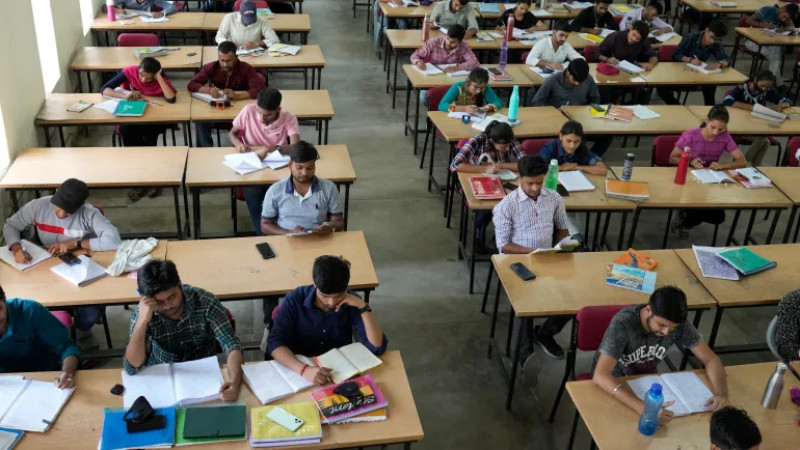
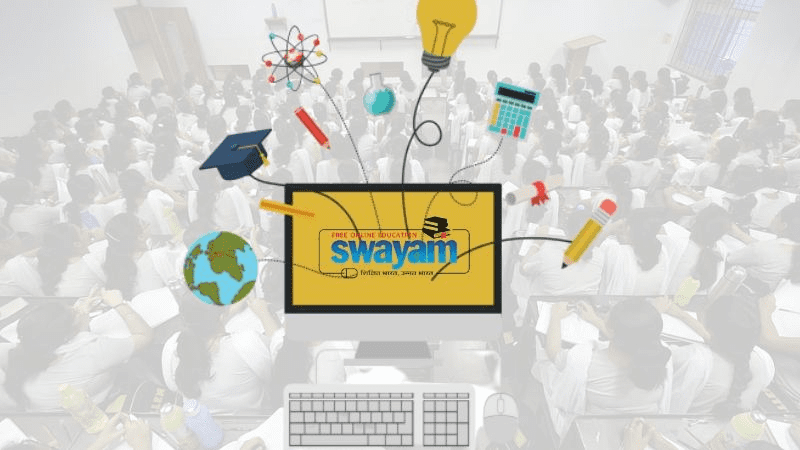
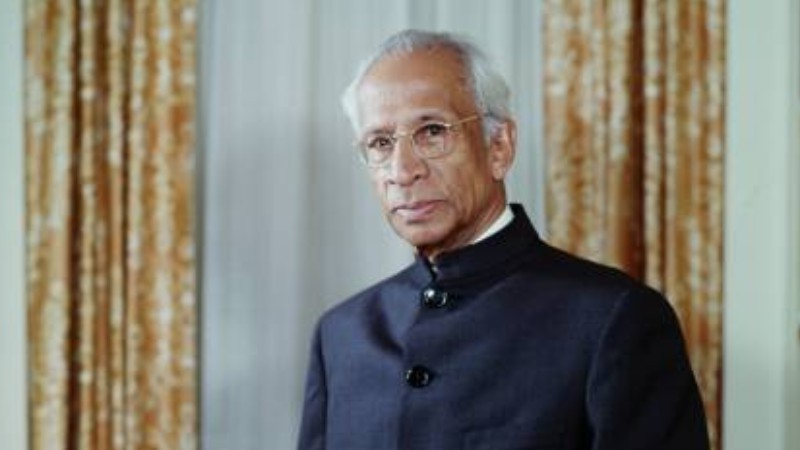


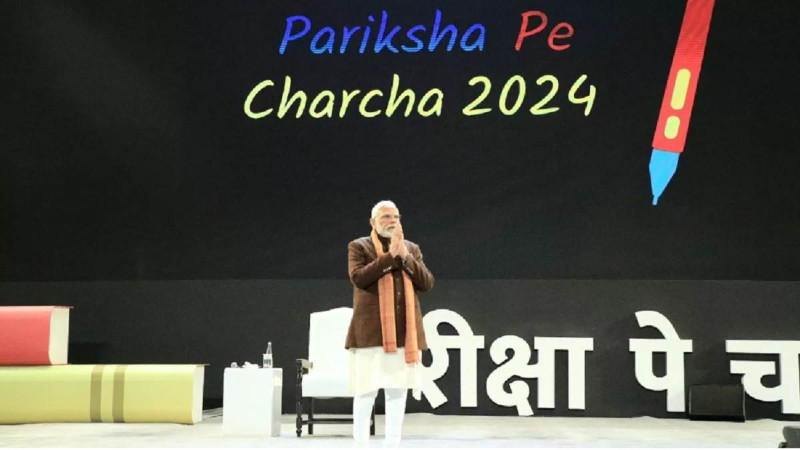
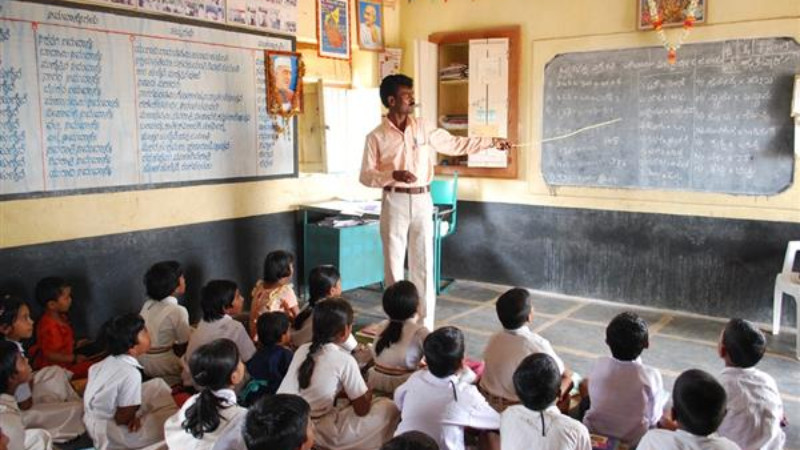

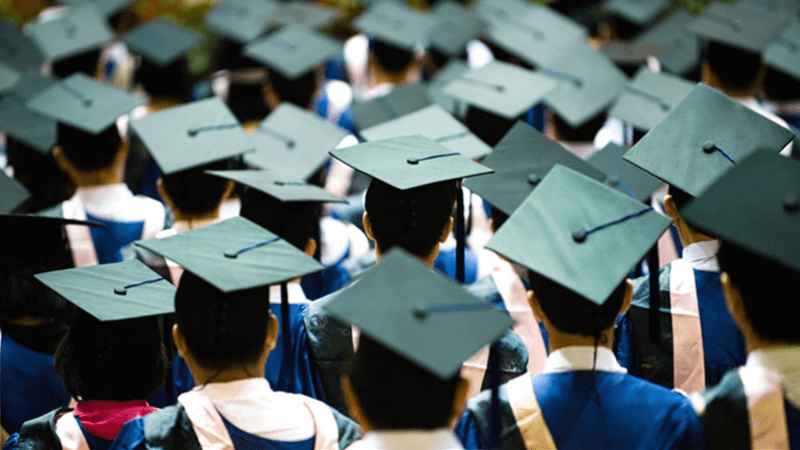
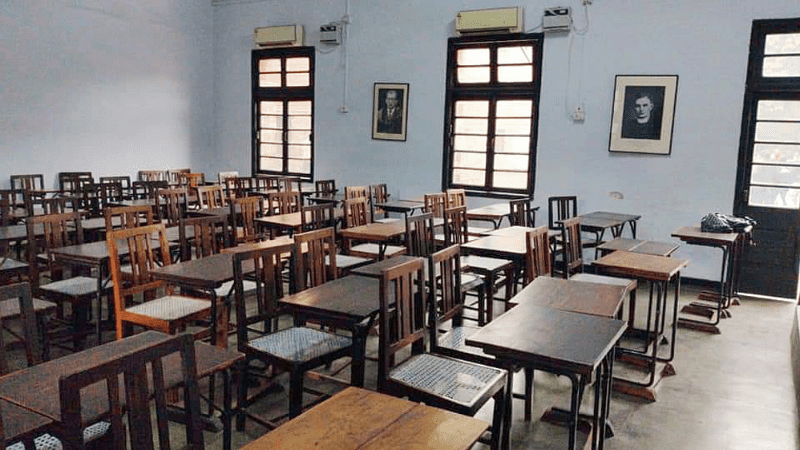

























Add Comment